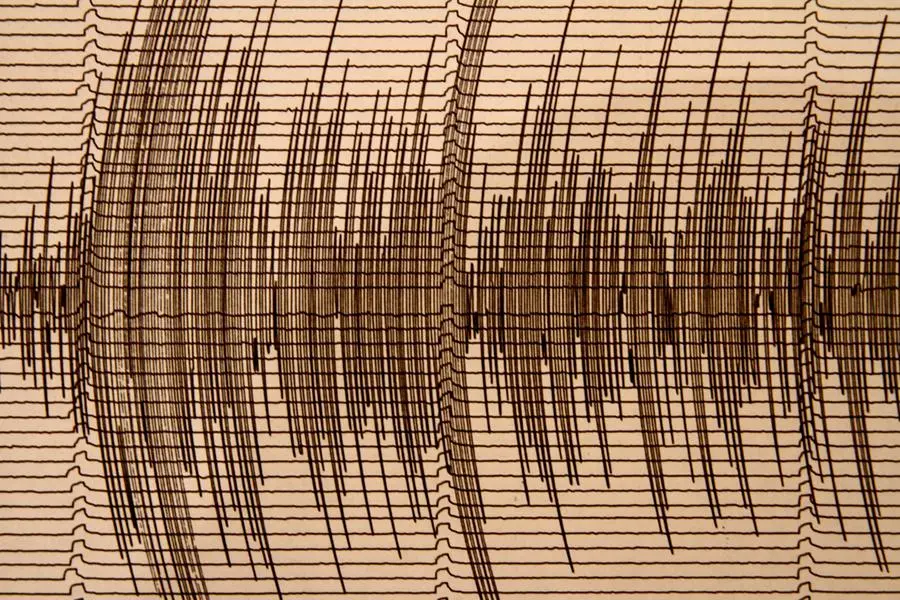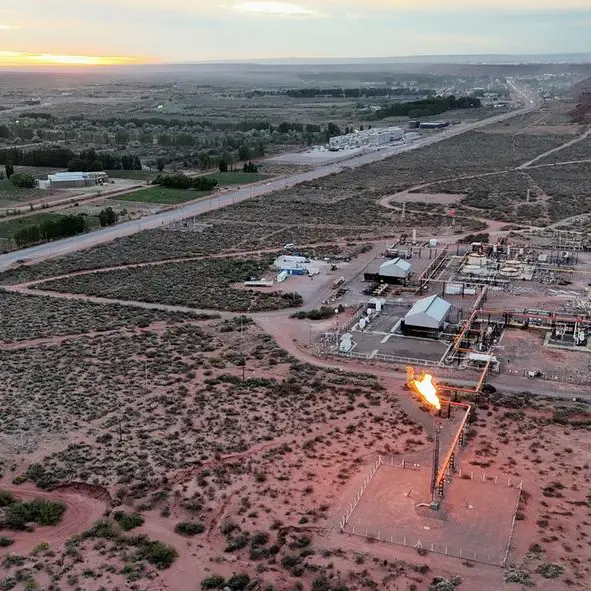PHOTO
The Pakistan Meteorological Department (PMD) has rejected the forecast made by a Dutch scientist, Frank Hoogerbeets, about a "major earthquake" set to hit the nation in the "next 48 hours." According to a report in Dawn, the experts at PMD have said that the prediction is "almost impossible".
A senior official told the news outlet, "This prediction is almost impossible because the earthquakes are caused by disturbances underground, and it could either be due to a huge lake or crater-like structure or a rock formation like a high mountain that hits the other plates."
He added, "But we do not know the terrain and formation of all the plates the world over."
Meanwhile, Professor Din Muhammad, Former dean of Environmental Sciences at Balochistan University, has spoken about the Global Positioning System (GPS) technology in Balochistan that helps them monitor the plate movements, the report added.
"So far, it has not shown any signs of an earthquake building up," he said.
What is the prediction?
Frank Hoogerbeets, a research and software developer with the Solar System Geometry Survey (SSGEOS), predicted an earthquake along the Chaman fault line in Balochistan. In 1892, an earthquake of magnitude 9 to 10 rocked the Chaman fault line. Meanwhile, in 1935, the Chiltan range was hit by an earthquake, killing thousands of people.
Hoogerbeets, in a post on X (formerly Twitter), said, "Planetary geometry is difficult to interpret with four conjunctions spread out over the next 10 days. As far as I can tell, 1-3 October will be more critical."
Hoogerbeets, who is known for his accurate seismic predictions, added, "On 30 September, we recorded atmospheric fluctuations that included parts of and near Pakistan. This is correct. It can be an indicator of an upcoming stronger tremor (as was the case with Morocco). But we cannot say with certainty that it will happen." Hoogerbeets had predicted the devastating Turkey and Syria earthquakes.
Hoogerbeets’ past prediction
Hoogerbeets had also forecasted a seismic event across Pakistan, Afghanistan, Bangladesh, and China on January 30, reported Dawn. A few days later, an earthquake measuring 5.9 on the Richter scale had jolted Islamabad, Khyber Pakhtunkhwa Azad Jammu & Kashmir and its surrounding areas.
How does an earthquake occur?
As per Nasa, a quake "occurs when two chunks of Earth beneath the surface, or tectonic plates, suddenly slip past each other and release large amounts of pent-up energy. The surface of the slip is called a fault." Can scientists predict earthquakes? As per Nasa, the answer is no.
Copyright © 2022 Khaleej Times. All Rights Reserved. Provided by SyndiGate Media Inc. (Syndigate.info).























